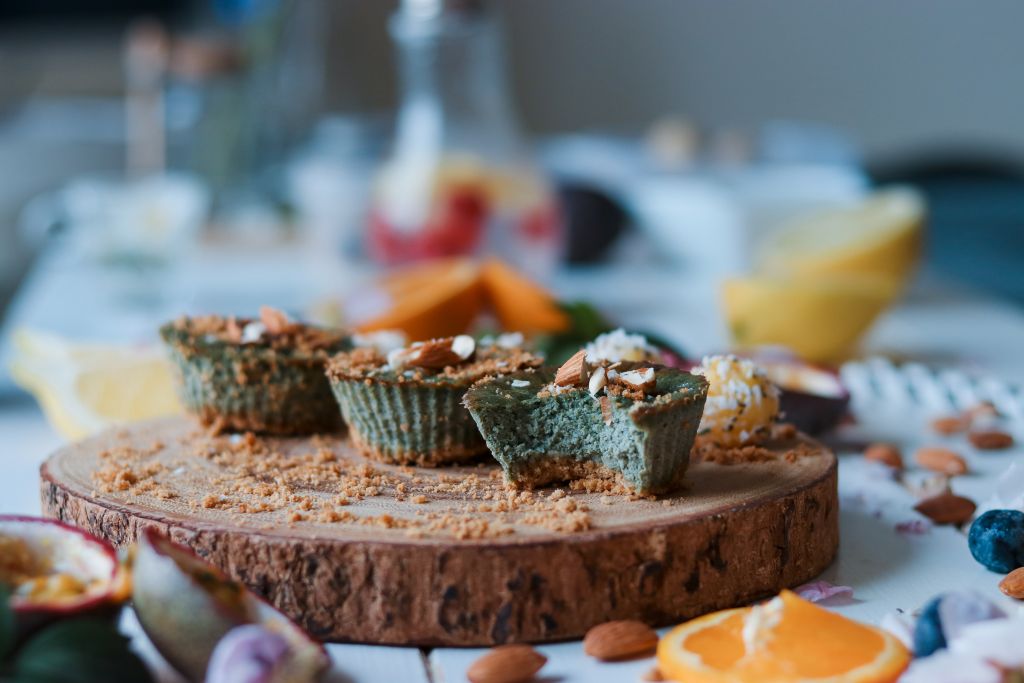Food cycle and border negotiation – language as a catalyst for circular economy

In a sitcom series Seinfeld (1994), George Costanza, who often ends up in embarrassing situations, eats pastry left in the kitchen trash after a party. George’s girlfriend’s mother sees the situation by chance, and a string of misinterpretations and misadventures, typical of situation comedy begins to unfold.
In the aftermath of George’s pastry moment and subsequent social abyss, friends George and Jerry (Seinfeld) engage in the following dialogue:
Jerry Seinfeld: So let me get this straight. You find yourself in the kitchen. You see an éclair in the receptacle… and you think to yourself: “What the hell, I’ll just eat some trash.”
George Costanza: No, no, no. It was not trash.
Jerry: Was it in the trash?
George: Yes.
Jerry: Then it was trash.
George: It wasn’t down in. It was sort of on top.
Jerry: But it was in the cylinder.
George: Above the rim.
Jerry: Adjacent to refuse is refuse.
George: It was on a magazine, and it still had the doily on.
Jerry: Was it eaten?
George: One little bite.
Jerry: Well, that’s garbage.
George: But I know who took the bite. It was her aunt.
Jerry: You, my friend, have crossed the line that divides man and bum. You are now a bum.
At the heart of dispute between these friends is the metaphysical question of whether George had eaten a pastry or garbage. Alongside the distinction between food and waste, a number of general concepts and conventions on food purity, correct handling of food and generally appropriate eating appear in the short discussion.
The dialogue also touches generally the fact that food is thoroughly a politically charged subject: the choices we make define us in many ways, placing us in different groups and categories. Equally charged are our notions of where and by whom the food may have been touched before it ends up being eaten by us.
The discussion also reveals the subtlety of the symbolic boundary that has developed to the point of absurdity in some places, when the rim of carbage bin becomes a boundary. Food above is still usable, but when pushed below the rim, the food is magically lost to another dimension. Many viewers are likely to identify with George’s internal struggle with the pastry set in the series: knowledge of the indisputable worthiness of food attracts people to eat, but the threshold for picking up food from the bin is high.
On the one hand, Seinfeld raises the eternal question of how the food fit for human consumption is culturally defined. For example, when food becomes waste or under which conditions the food is unusable otherwise. On the other hand, the series was, in a way, ahead of its time: utilization and salvage of food trashed in or near carbage bins did not become a topic of wider public discussion, at least in Finland, until the 2000s, when dumpster diving and freeganism began to be talked about as phenomena and the extent of food loss was realized in many places.
Towards sustainable solutions
In recent years, with the popularity of circular economy thinking, the utilization of left over food from meals and retailers has also attracted widespread discussion. In general, our attitudes towards the so called surplus food are influenced by many factors, such as regulatory constraints, cultural norms and perceptions of purity, and general attitudes and conceptions of circulatory processes.
Language, for instance word choices, also play a role in cultural and psychological demarcation: for example, we still see remains as usable and edible food, where food waste is irreversibly cross-border biomass for us. Waste food has also traditionally been seen as lost: wasted, recorded as a loss.
However, category boundaries are mobile. Waste food has been redefined in recent years as both a concept and a resource: perceived to be wasted can be saved and further utilized. In fact, there have been significant reductions in wastage and the development of food cycle in some places, even down to business. Restaurants and applications have been developed that efficiently utilize and transmit food portions and ingredients that would have inevitably ended up to compost heap.
Linguistic choices can also cause scale biases. In the case of surplus food, for example, talking about remains or scraps can evoke images of ineffectual tinkering, even though the amount of food wasted in Finland alone is hundreds of millions of kilos a year. The potential is thus enormous in this region alone, and for many other industries, the volume of side streams is one order of magnitude or even more.
CICAT2025 is researching and developing circular economy catalysts
The conventions of customs highlighted by the discussion in Seinfeld, socially constructed conceptions of purity and linguistic demarcation are generally strong structures embedded in our thinking and action. In some cases, they are justified and necessary, in some cases rather old habits and attitudes without any particular rational basis. Naturally, they are particularly strong and charged when attached to such basic thing in life as food.
Yet, by their very nature, such structures are capable of reversing and renewing. Language can change, thinking and attitudes can change, and likewise, regulation, the norms that govern our actions, can be reconsidered and changed. All these factors are also dynamically interacting with each other, so in order to accelerate extensive change and, for example, development of circular economy, it is worth paying attention to the different change factors, catalysts of change in different areas of life.
In CICAT2025 project we are exploring the catalysts for circular economy, namely those factors, practices and solutions that either speed up or slow down the actualization and development of circular economy. Multidisciplinary consortium pursues to discover means to support Finland’s strategic objective to become a global leader in circular economy by 2025.
Ville Virsu, University of Turku
The author is working as a Postdoctoral Researcher on the CICAT2025 consortium
Originally published in Finnish in here.
